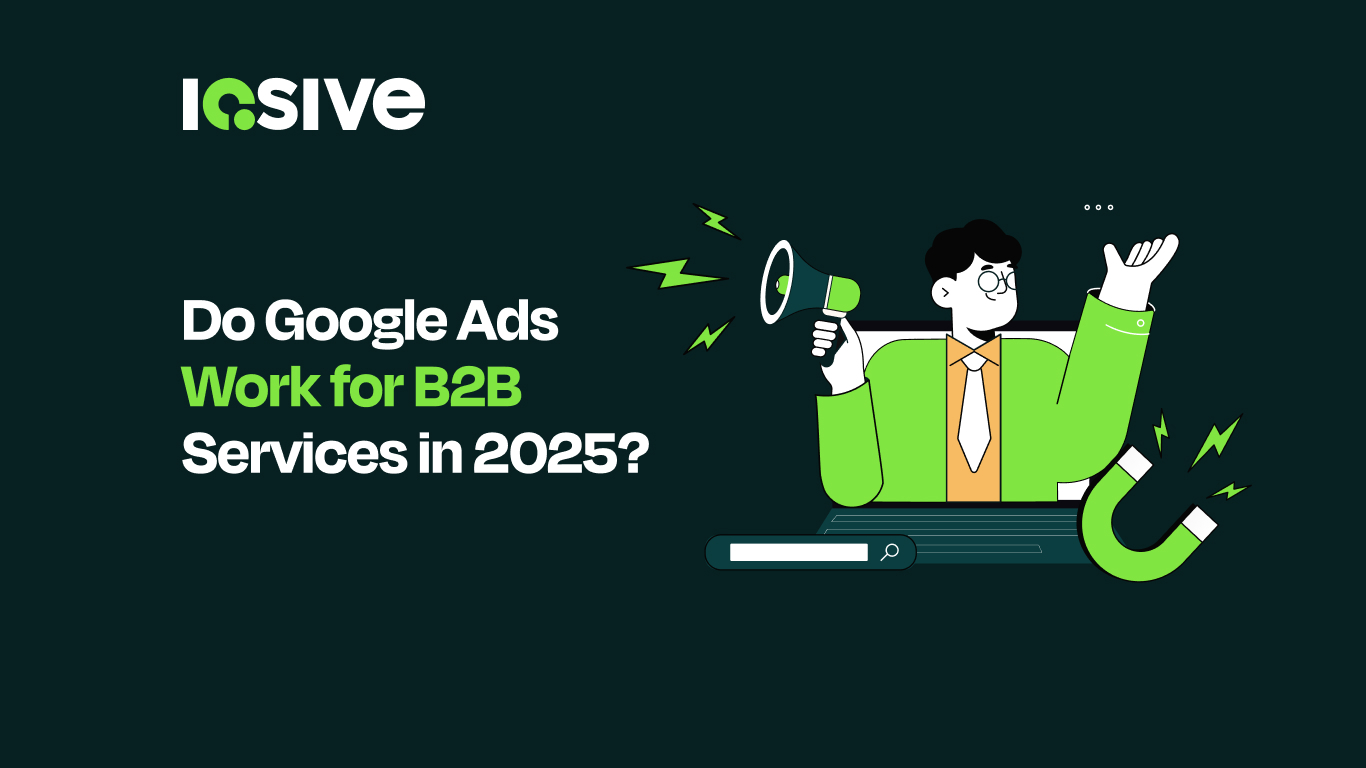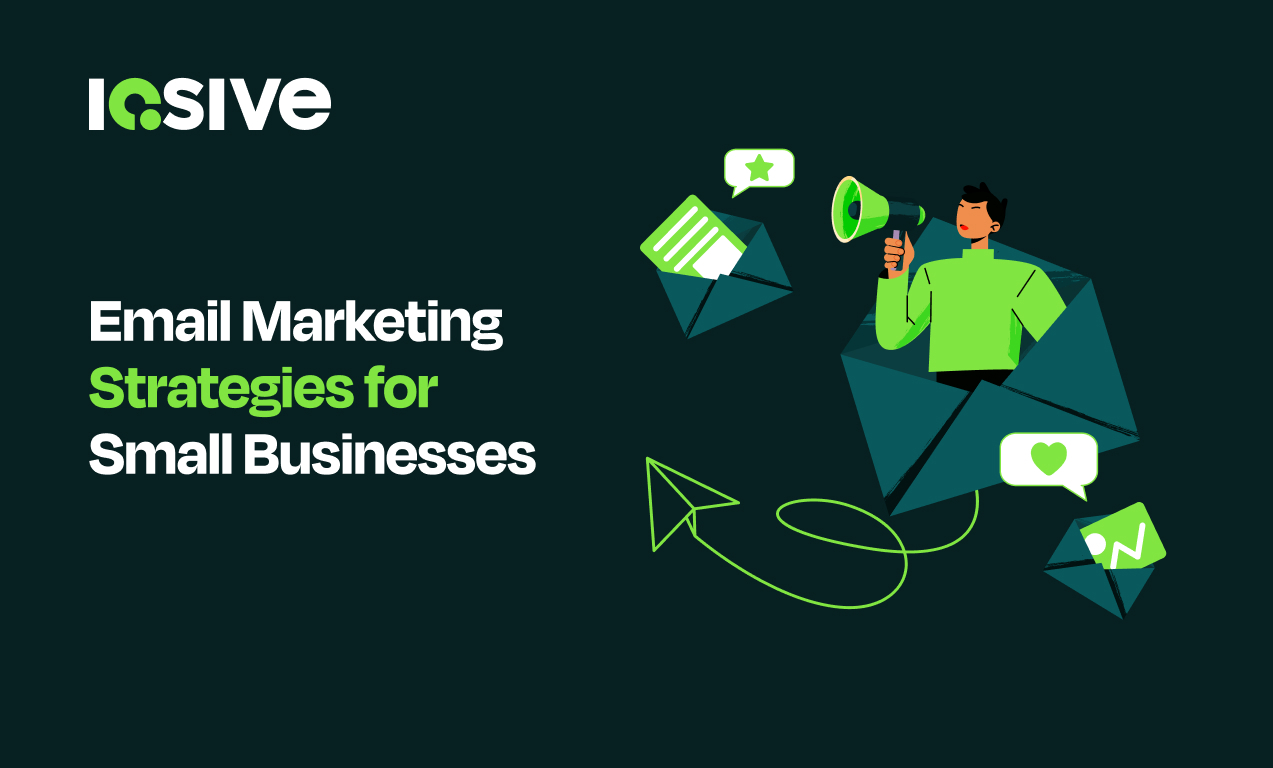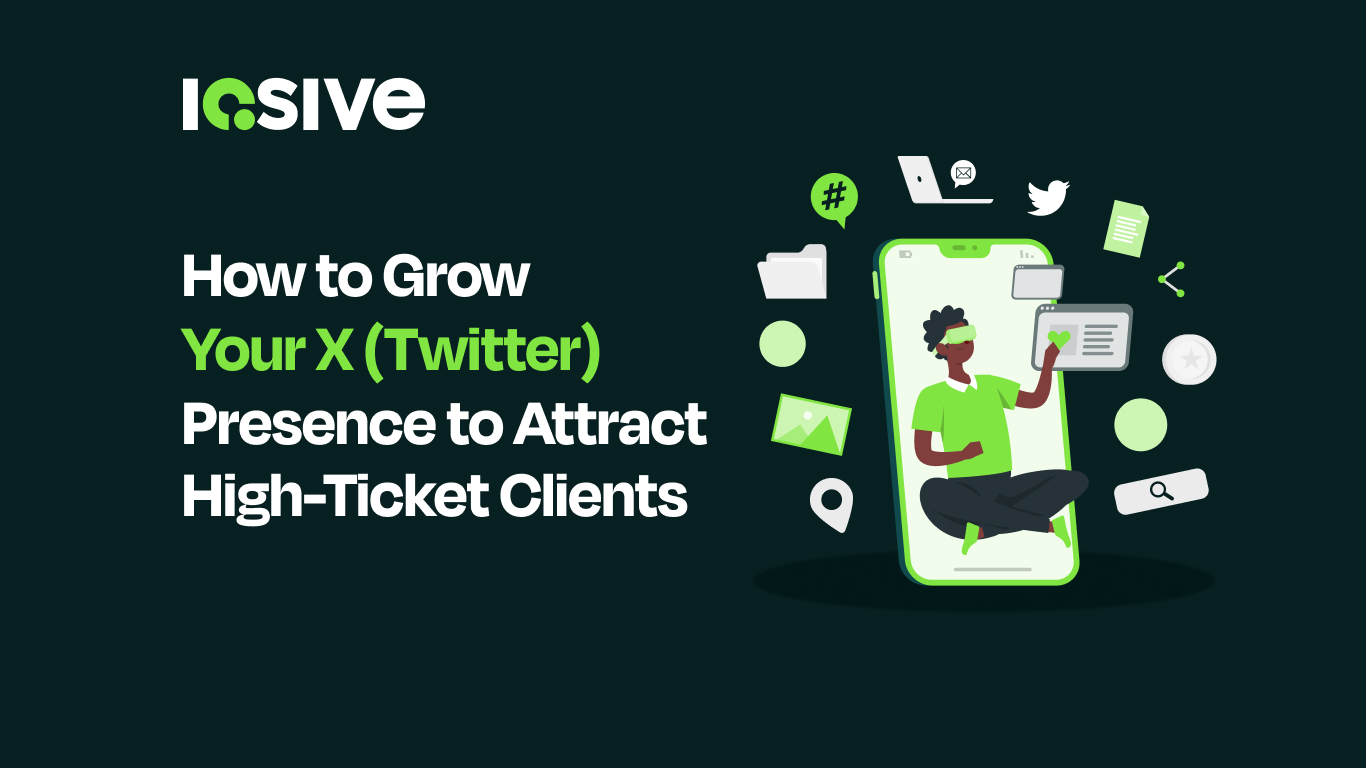In 2025, digital marketers face a critical shift: should their focus remain on keywords or pivot toward more sophisticated audience targeting? While keywords have long been a pillar of SEO, evolving search behaviors, AI-enhanced personalization, and privacy changes have redefined how brands connect with users. This blog explores the changing dynamics between keyword strategies and audience-centric approaches, revealing which methods truly drive conversions and how smart marketers are using both in harmony.
Understanding the Evolution of Digital Marketing Strategy
From Keyword Stuffing to Intent-Driven Content
In the early days of SEO, keyword stuffing was standard practice. Marketers would overload content with high-volume search terms in hopes of ranking on Google. However, this tactic led to poor user experience and irrelevant search results.
Today, Google’s algorithm prioritizes search intent over keyword repetition. Content that genuinely answers user queries, regardless of exact-match phrasing, now ranks higher. Tools like Google’s BERT and MUM understand context and nuance, signaling a decisive move away from rigid keyword dependency toward meaning-based optimization.
The Rise of Personalization and Audience Intelligence
Over the last decade, digital platforms have prioritized personalization. Consumers expect brands to understand who they are, what they need, and when they need it. Platforms like Meta, TikTok, and YouTube now tailor experiences using behavioral data, while CRMs and CDPs allow brands to segment and personalize content in real time.
This shift from content-centric to user-centric marketing is what fuels the rise of audience targeting. Instead of asking “What are people searching?” brands are asking “Who is searching, and why?”
What Is Audience Targeting in 2025?
Behavioral, Psychographic, and Predictive Targeting Explained
Modern audience targeting goes far beyond demographics. It incorporates:
- Behavioral targeting: Based on users’ actions (browsing, clicking, purchasing).
- Psychographic targeting: Based on values, interests, and lifestyle choices.
- Predictive targeting: Powered by machine learning to forecast future behavior.
Together, these allow brands to build highly specific segments, such as “tech-savvy parents researching hybrid vehicles,” and deliver messages tailored to their journey.
Tools and Technologies Powering Modern Targeting
In 2025, audience targeting is fueled by advanced tools:
- CDPs (Customer Data Platforms) like Segment and BlueConic unify user data across platforms.
- AI-driven CRMs like Salesforce Einstein and HubSpot predict engagement
- Ad platforms like Google Ads and Meta Ads enable hyper-targeted campaign creation based on first-party signals.
Additionally, privacy-friendly tracking (like server-side tagging and contextual targeting) has become essential post-cookie.
Are Keywords Still Relevant in 2025?
Semantic SEO and Search Intent Matching
Keywords are far from obsolete; they’ve evolved. Instead of targeting isolated terms, marketers now focus on semantic fields and topical authority. Google’s AI recognizes synonyms, context, and user purpose.
For instance, ranking for “best eco-friendly detergent” means also addressing related terms like “plant-based,” “hypoallergenic,” or “safe for babies.” It’s about matching intent, not just string-matching a keyword.
Long-Tail Keywords and Conversational Queries
Voice assistants and AI chat interfaces (like Google Gemini or Apple Intelligence) have reshaped how users query information. Long-tail and natural language searches, such as “What’s the safest laundry detergent for sensitive skin?”, are more common than ever.
These queries convert better due to specificity, making long-tail SEO a valuable strategy for capturing high-intent users.
Audience Targeting vs. Keywords: Key Differences
Granularity and Precision
Audience targeting offers greater granularity, allowing brands to speak to micro-segments with tailored messaging. In contrast, keyword targeting often reaches broader audiences, risking lower relevance.
For example, targeting “best laptops” may bring a mix of students, gamers, and professionals. But with audience targeting, you can focus specifically on “remote workers looking for lightweight laptops under $1000.”
Scalability and Content Strategy Impact
Keywords scale through content production such as blogs, landing pages, and FAQs, while audience targeting scales through segmentation and automation. The former requires editorial investment, and the latter demands data infrastructure.
Integration With Paid vs. Organic Channel
Keywords are essential in organic SEO and foundational to PPC bidding. Audience targeting, however, shines in paid social, email marketing, and retargeting, where access to behavioral data is richer.
In 2025, most high-converting campaigns merge both: using keyword-triggered ads layered with audience filters.
What Actually Drives Conversions in 2025?
Personalized Experiences Across the Funnel
From discovery to purchase, personalization remains the conversion king. Brands that deliver tailored experiences such as product recommendations, custom CTAs, and location-specific offers see significantly higher engagement and conversion rates.
According to McKinsey (2024), personalization can boost conversion rates by up to 40% in e-commerce.
Content Relevance vs. Keyword Density
Relevance trumps repetition. Content that anticipates the user’s need, offers timely solutions, and feels trustworthy outperforms dense, keyword-loaded copy.
Google’s Helpful Content System specifically rewards human-first, experience-driven writing,exactly what drives conversions today.
Multichannel Data Alignment and Retargeting
Unified data across platforms (search, email, ads, website) enables smarter retargeting. A user who reads a blog post via organic search can be later served a personalized offer via email or Instagram ad.
Brands that align keyword-driven discovery with audience-targeted nurture flows dominate the conversion journey.
How to Combine Keywords and Audience Targeting Strategically
Mapping Buyer Personas to Keyword Intent
Start by defining detailed personas, then map those personas to search behaviors. For instance:
- Persona: “Eco-conscious millennial mom”
- Intent: “non-toxic laundry detergent reviews”
This alignment ensures your keyword targeting fits real human motivations.
Using First-Party Data to Refine SEO and Content
Email lists, purchase histories, and CRM data reveal which content converts. Feeding this data back into your SEO and editorial strategy helps refine what you write, how you structure it, and which keywords align with top-performing personas.
Real-World Examples of Hybrid Campaign Success
Brands like Glossier and Notion use hybrid strategies effectively. Glossier, for instance, ranks for keywords like “best lip balm” while simultaneously retargeting site visitors with audience-specific video ads, driving conversions across channels.
Metrics That Matter: Measuring Conversion Impact
Engagement, Attribution, and ROI Tracking
Conversion doesn’t happen in a vacuum. Key metrics include:
- Engagement: Time on page, scroll depth, interaction
- Attribution: Multi-touch journeys, assisted conversions
- ROI: Revenue from organic vs. paid, CAC vs. LTV
Platforms like GA4 and HubSpot offer robust attribution modeling to trace which efforts drive results.
Tools for Analyzing Keyword and Audience Performance
- SEO: Ahrefs, Semrush, Clearscope
- Audience: Meta Business Suite, Google Ads Insights, CDPs
- Analytics: GA4, Heap, Mixpanel
Effective strategy in 2025 means using a blend of tools to assess both keyword traction and audience engagement.
Future Outlook: The End of Keywords or a New Beginning?
AI, Voice Search, and Predictive Algorithms
AI continues to reshape the search landscape. Conversational search and predictive recommendations are pushing SEO beyond static keywords toward dynamic, context-aware results.
For example, Google’s Search Generative Experience (SGE) offers AI-generated answers before users click. This shift requires brands to optimize for clarity, authority, and structured data.
Adapting Your Strategy for Emerging Search Behavior
To future-proof your strategy:
- Focus on content clusters and topical authority
- Use schema markup and structured data
- Embrace zero-click optimization (e.g., FAQs, featured snippets)
- Invest in audience data ownership to reduce dependence on third-party platforms
Final Thoughts: Building a Conversion-First Content Strategy
In 2025, success lies in blending the precision of audience targeting with the intent alignment of modern keyword strategy. Neither approach works in isolation. Instead, marketers must embrace a unified framework: build authority with content, refine it through data, and deliver it with empathy.
The brands that win aren’t just visible. They’re relevant, personalized, and trusted. And that’s what truly drives conversions now.
FAQs:
Q1: How has the importance of keywords changed in 2025?
Keywords are still important, but their role has shifted from exact-match repetition to context-driven intent alignment. Search engines now prioritize semantic relevance and user intent.
Q2: What makes audience targeting more effective than keyword targeting?
Audience targeting allows for greater personalization and precision, especially across paid channels. It considers behavior, psychographics, and predicted needs, going beyond what users search for..
Q3: Can you do SEO without focusing on keywords today?
No, but the focus has changed. SEO today involves mapping content to user intent using topics and context, not just individual keywords.
Q4: How do buyer personas impact content creation and targeting?
Buyer personas help tailor content to specific needs and language patterns, improving both engagement and conversion rates.
Q5: What tools help combine keyword research with audience insights?
Tools like Semrush, GA4, HubSpot, and CDPs (like Segment) allow you to align keyword strategies with audience behavior data.
Q6: Are long-tail keywords still effective for organic traffic?
Yes. Long-tail keywords often capture high-intent users and have lower competition, making them ideal for SEO in 2025.
Q7: How does AI influence audience targeting in modern campaigns?
AI analyzes behavioral patterns, predicts future actions, and automates personalized messaging, making targeting more accurate and scalable.
Q8: What’s more important for conversions: content relevance or keyword optimization?
Content relevance is more important. Keywords get users in the door, but relevant, valuable content is what converts them.
Q9: How can small businesses use audience targeting without big data?
Small businesses can use tools like email surveys, Google Analytics, and social media insights to build basic personas and segment their marketing accordingly.
Q10: Is keyword research dead in the age of predictive marketing?
No. It’s evolving. Keyword research is now part of a broader strategy that includes understanding context, user behavior, and journey stage.












